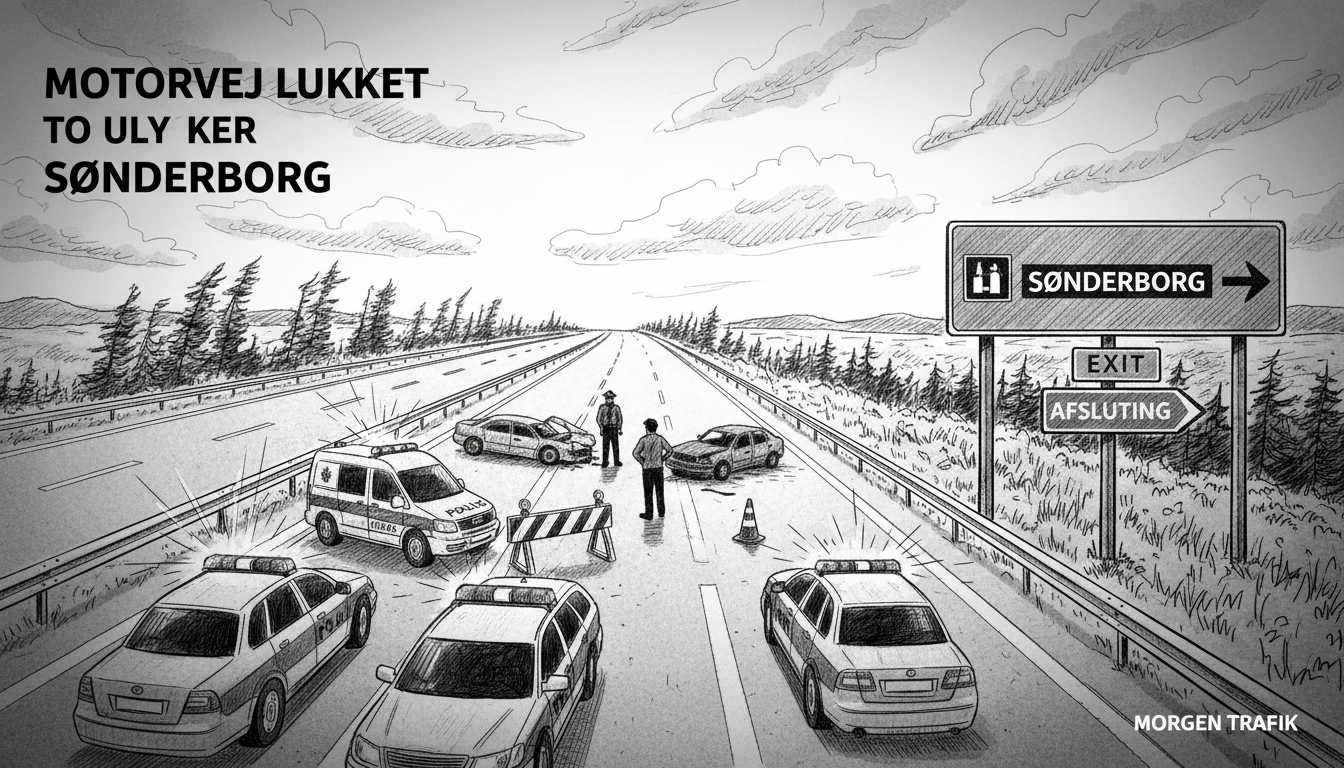Danish authorities have closed the Sønderborg Motorway following two serious traffic accidents near the same exit. The incidents occurred during Thursday morning rush hour, creating major disruptions for commuters in southern Denmark.
Police diverted traffic away from an initial accident between exits 12 and 13. During this operation, three additional vehicles collided at exit 12. Both incidents involved serious injuries, though officials have not released specific details about the victims' conditions.
Ole Aamann, the police operations chief for Southern and Sønderjylland, confirmed the sequence of events. He stated that emergency crews remain at the first accident scene while responding to the second collision. The police cannot yet provide information about the victims' ages or genders as their investigation continues.
This marks another incident in Denmark's ongoing traffic safety challenges. The country has seen increased focus on highway safety following several high-profile accidents in recent years. Danish motorways typically maintain strong safety records, making clustered accidents like these particularly noteworthy.
The Road Directorate expects to reopen the westbound lanes by midday. Commuters should seek alternative routes through Vester Sottrup and surrounding areas. The closure affects one of the main arteries connecting Sønderborg to the broader region.
For international readers, it's worth noting that Danish emergency response protocols prioritize rapid highway clearance. The country's efficient traffic management systems usually minimize disruption duration. However, serious accidents with injuries understandably require thorough investigation before roads can reopen.
Local residents and businesses dependent on the motorway face temporary logistics challenges. The Sønderborg area, known for its maritime industries and border commerce with Germany, relies heavily on this transportation corridor. Such closures demonstrate how quickly regional mobility can be disrupted.
Danish authorities will likely review whether the initial accident response contributed to the second collision. This could prompt discussions about improved traffic management during emergency situations on busy motorways.

